Scientists uncover how a sensor protein activates our immune system against the common cold. The findings may lead to more effective treatments of flu-like symptoms.


Scientists uncover how a sensor protein activates our immune system against the common cold. The findings may lead to more effective treatments of flu-like symptoms.
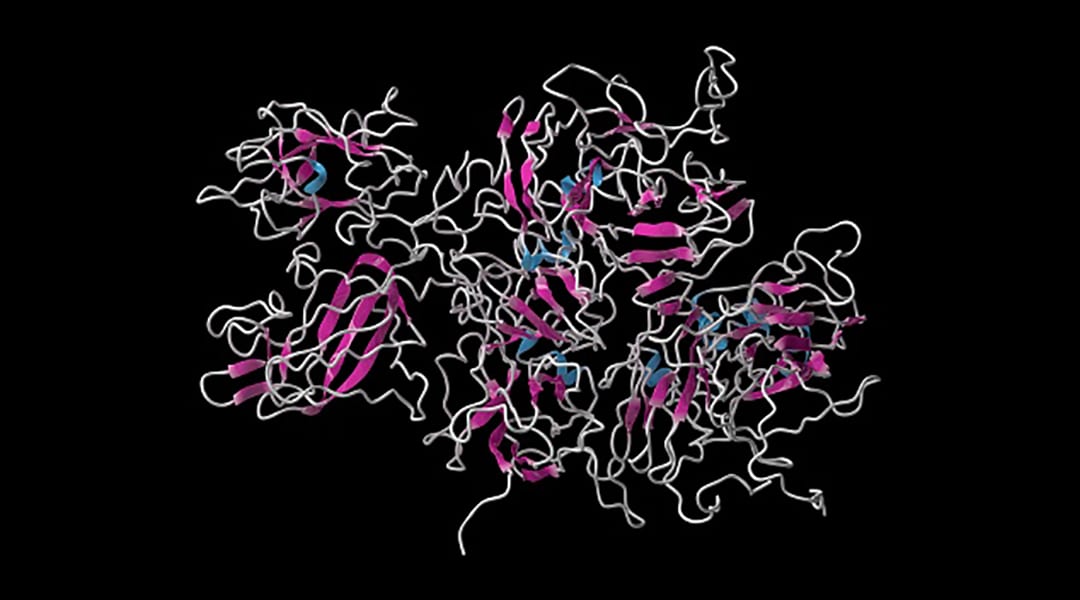
Using their deep-learning program, AlphaFold, researchers predict the 3D structure of proteins using only their linear amino acid sequence, revolutionizing computational biology as we know it.
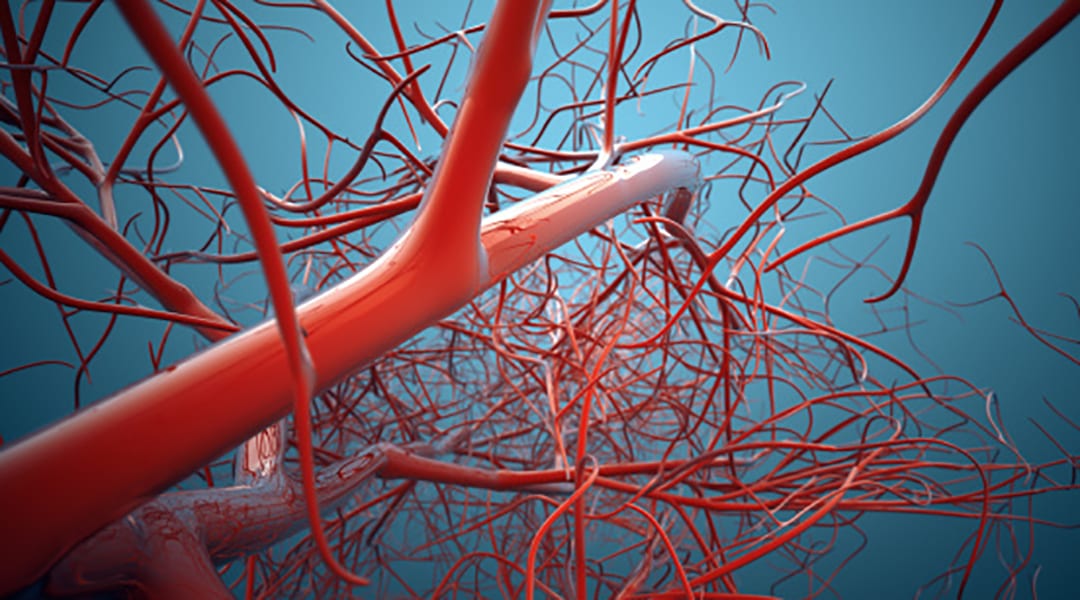
Blood pooling in venous valves is a key risk factor in deep vein thrombosis. A new model is used to better understand how this occurs.
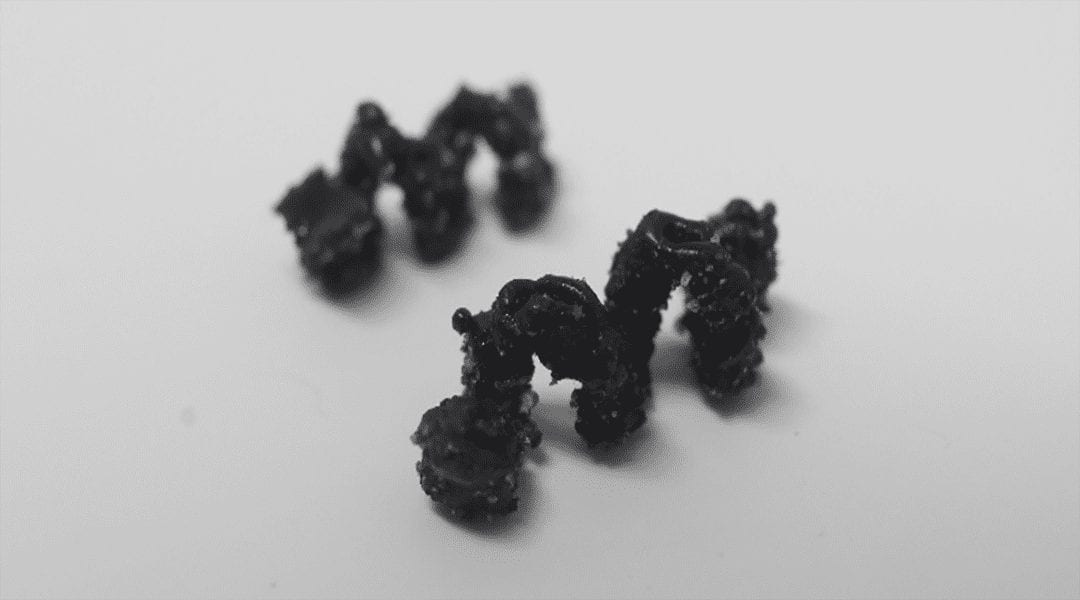
By mixing sugar and magnetic particles, researchers create biodegradable “CANDYBOTS” with potential applications in drug delivery and ingestible devices.

Yong Lei talks about his journey into STEM, his passion for research, and the world of patterned nanomaterials.
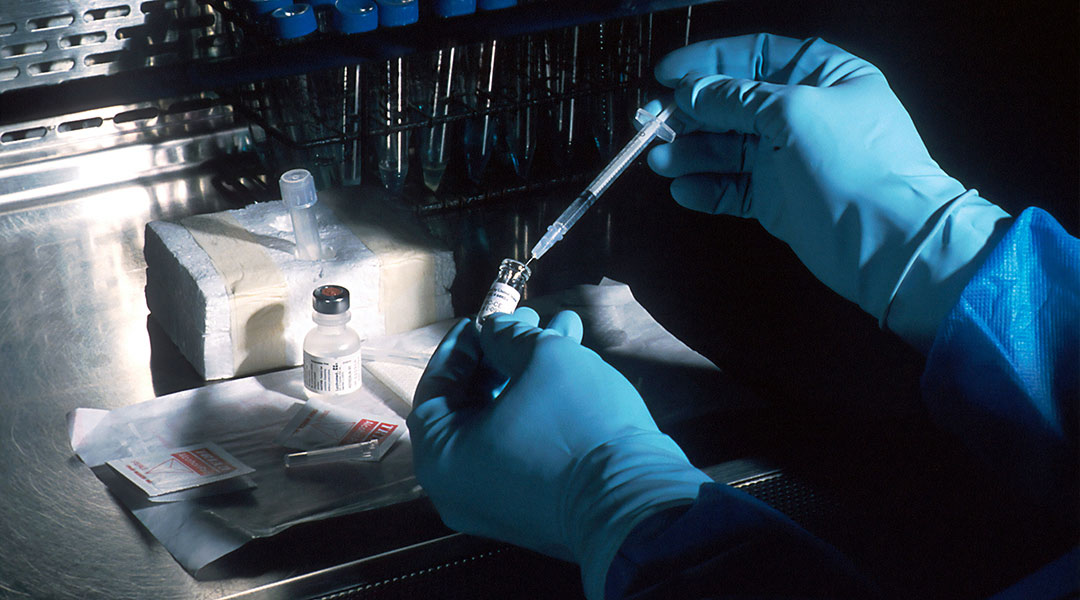
Pfizer and BioNTech announce vaccine candidate against COVID-19 achieved success in first interim analysis from Phase 3 study.
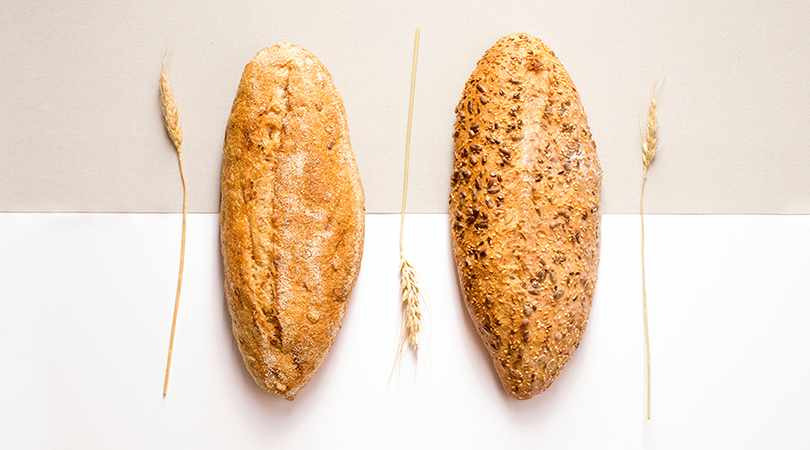
Understanding how gluten affects the gut is a key to understanding whether gluten-free diets are merely a fad or based in solid science.

The Nobel Laureate whose research was crucial to understanding how the immune system works on the cellular level.

Hybridizing biofabrication processes will lead us to superior “living” tissue and organ substitutes that can be used to treat patients in lieu of donor grafts and metal and plastic devices.
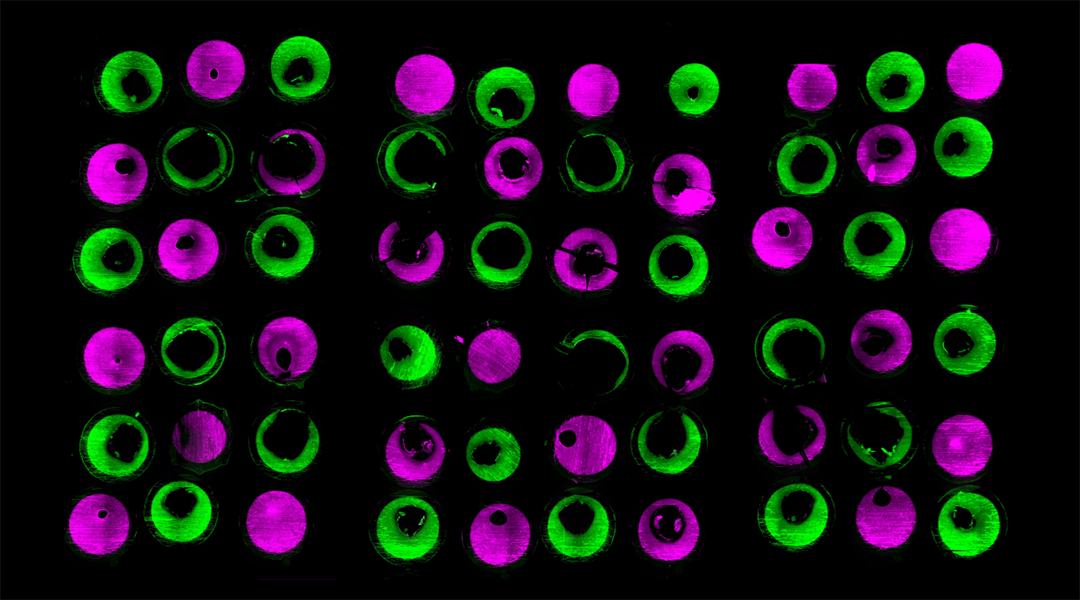
From micrometer-sized nanoflowers to hydrogel hearts, this edition of “This month in pictures” features more intriguing images from our journals and the science behind them.